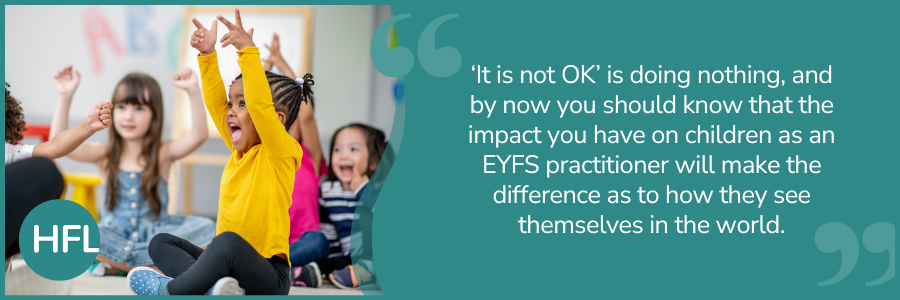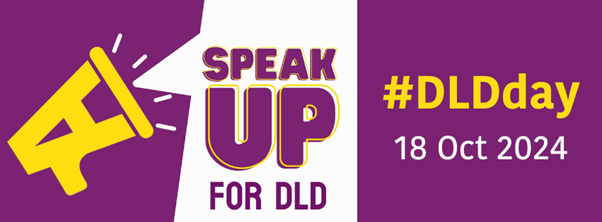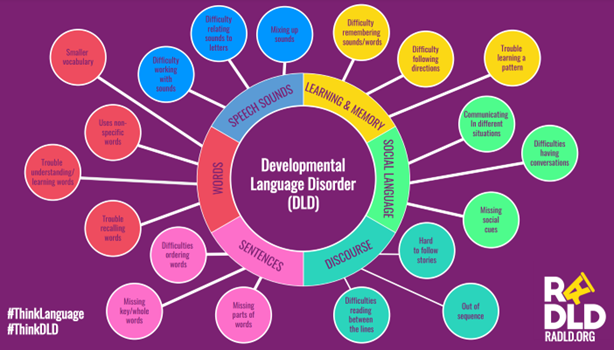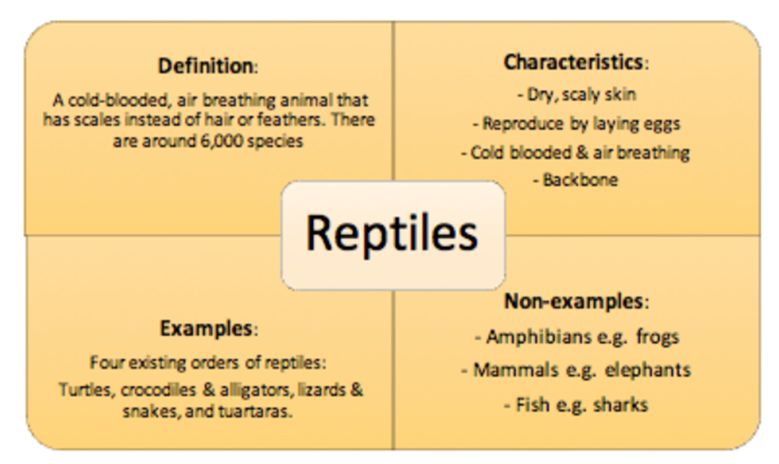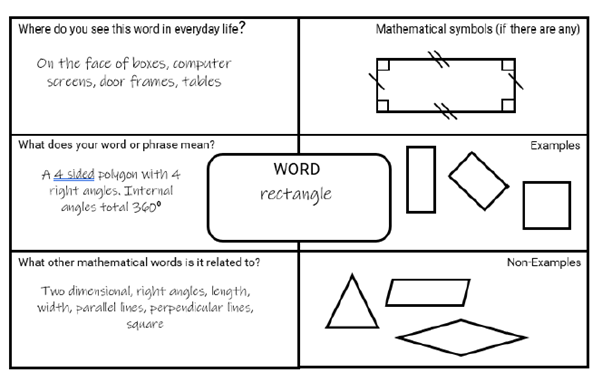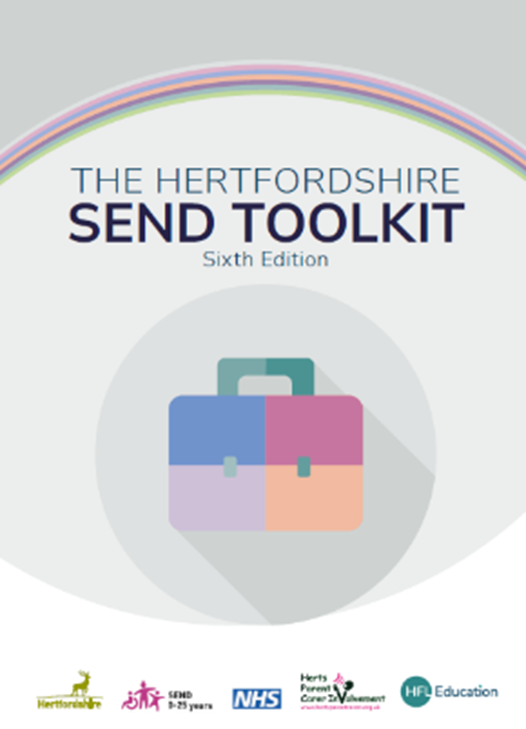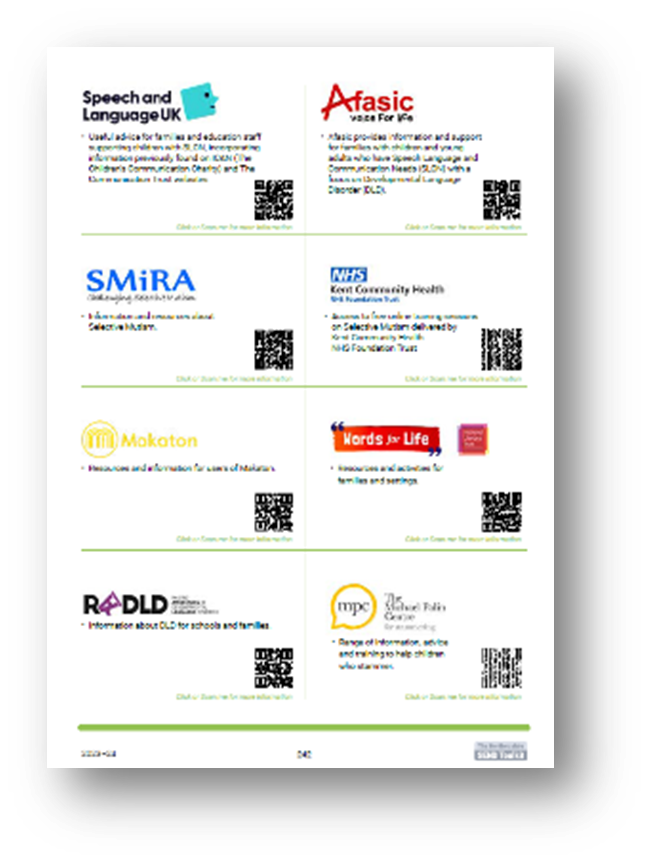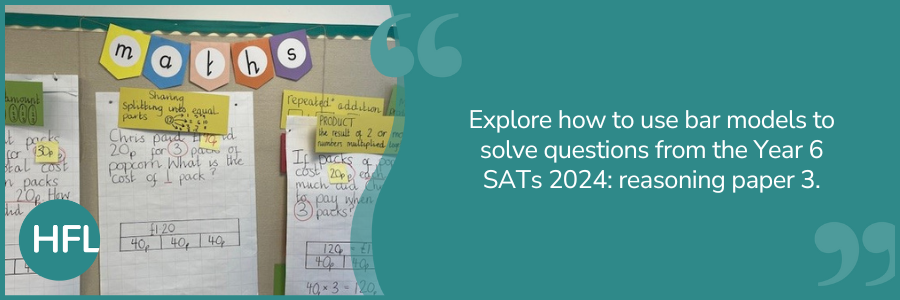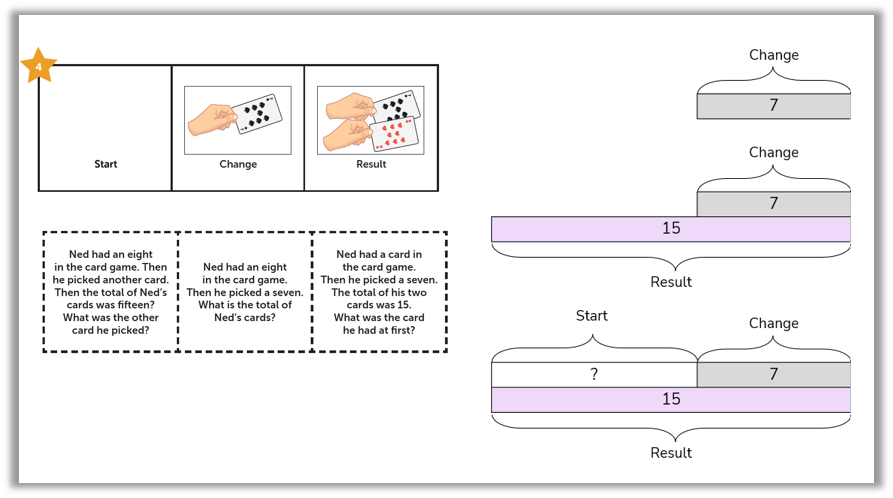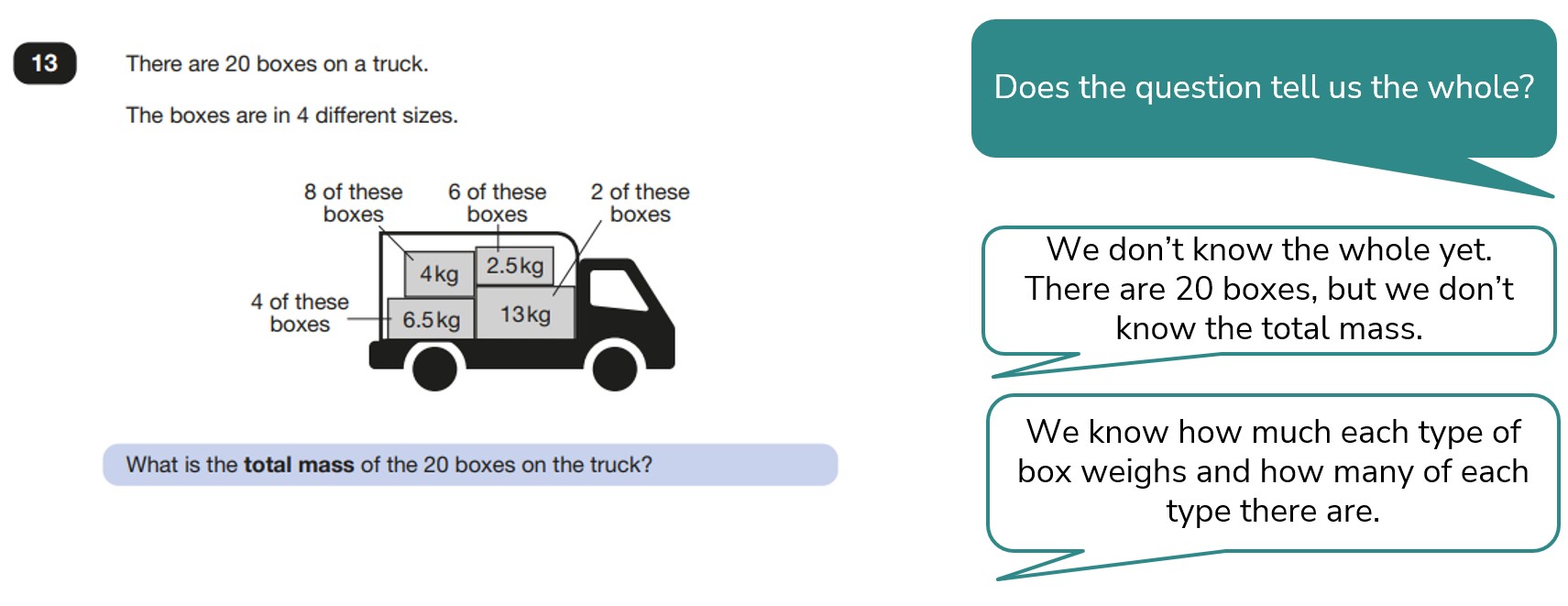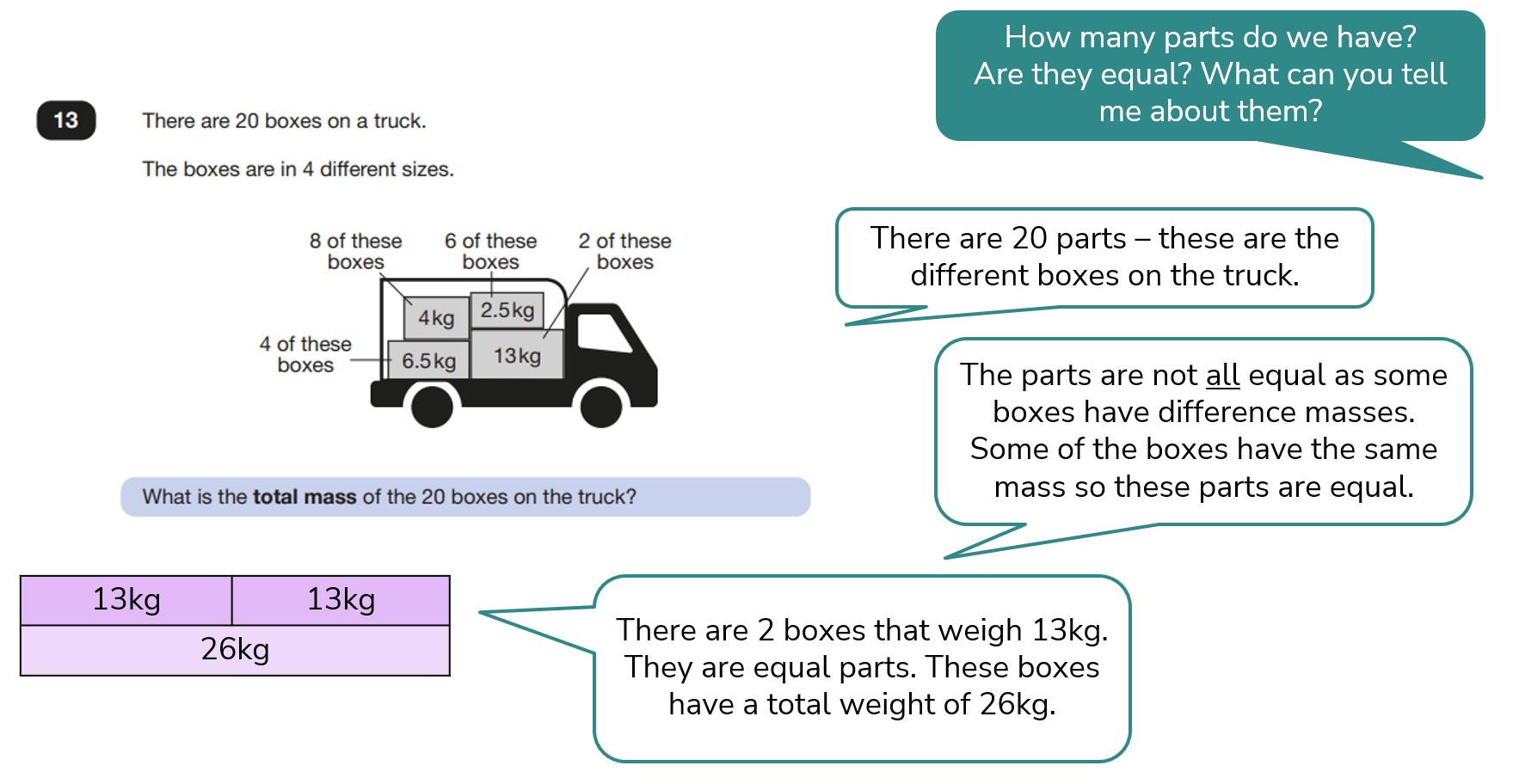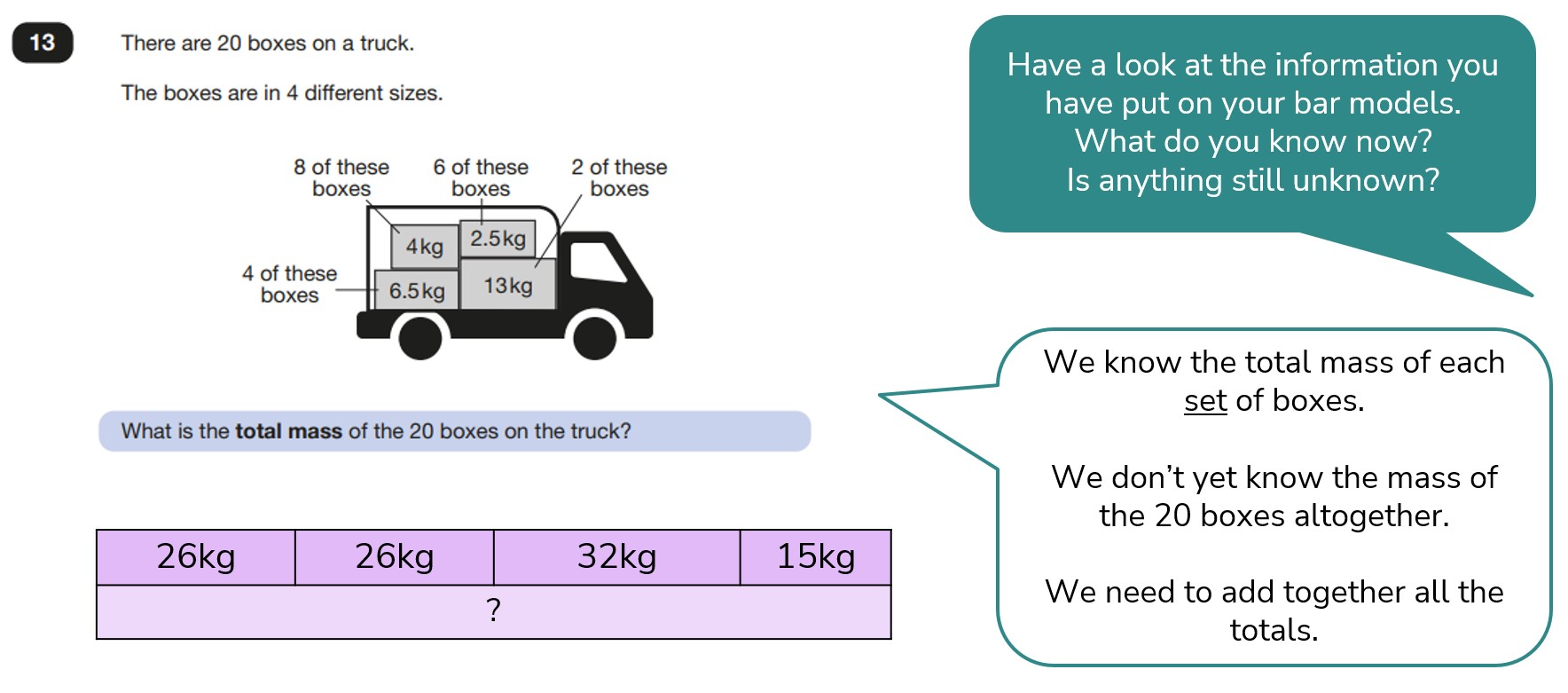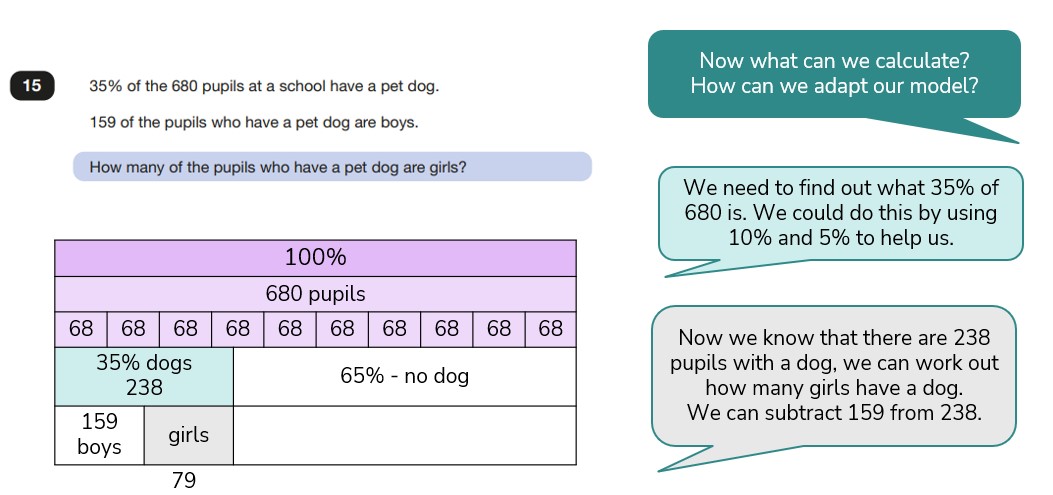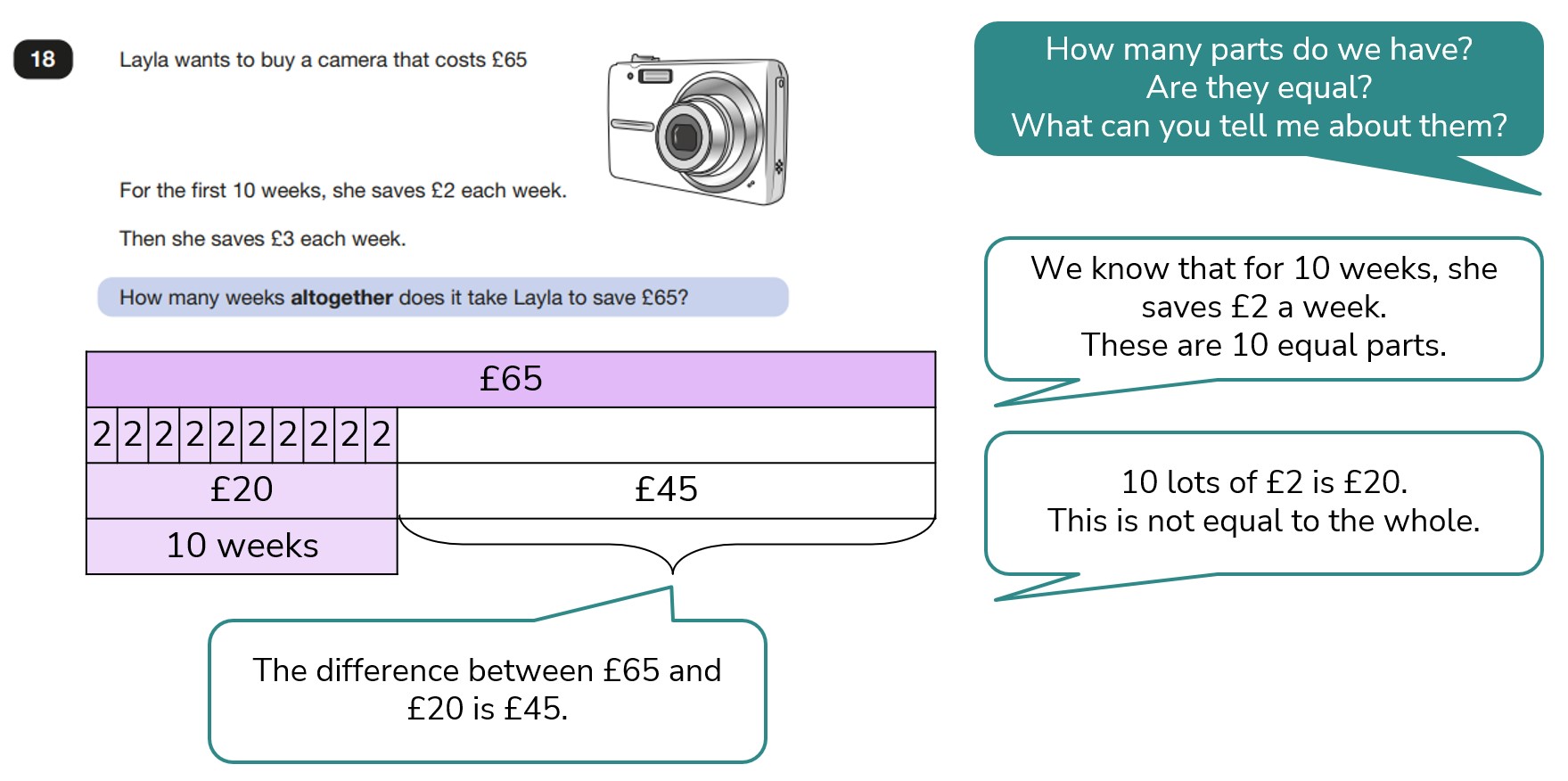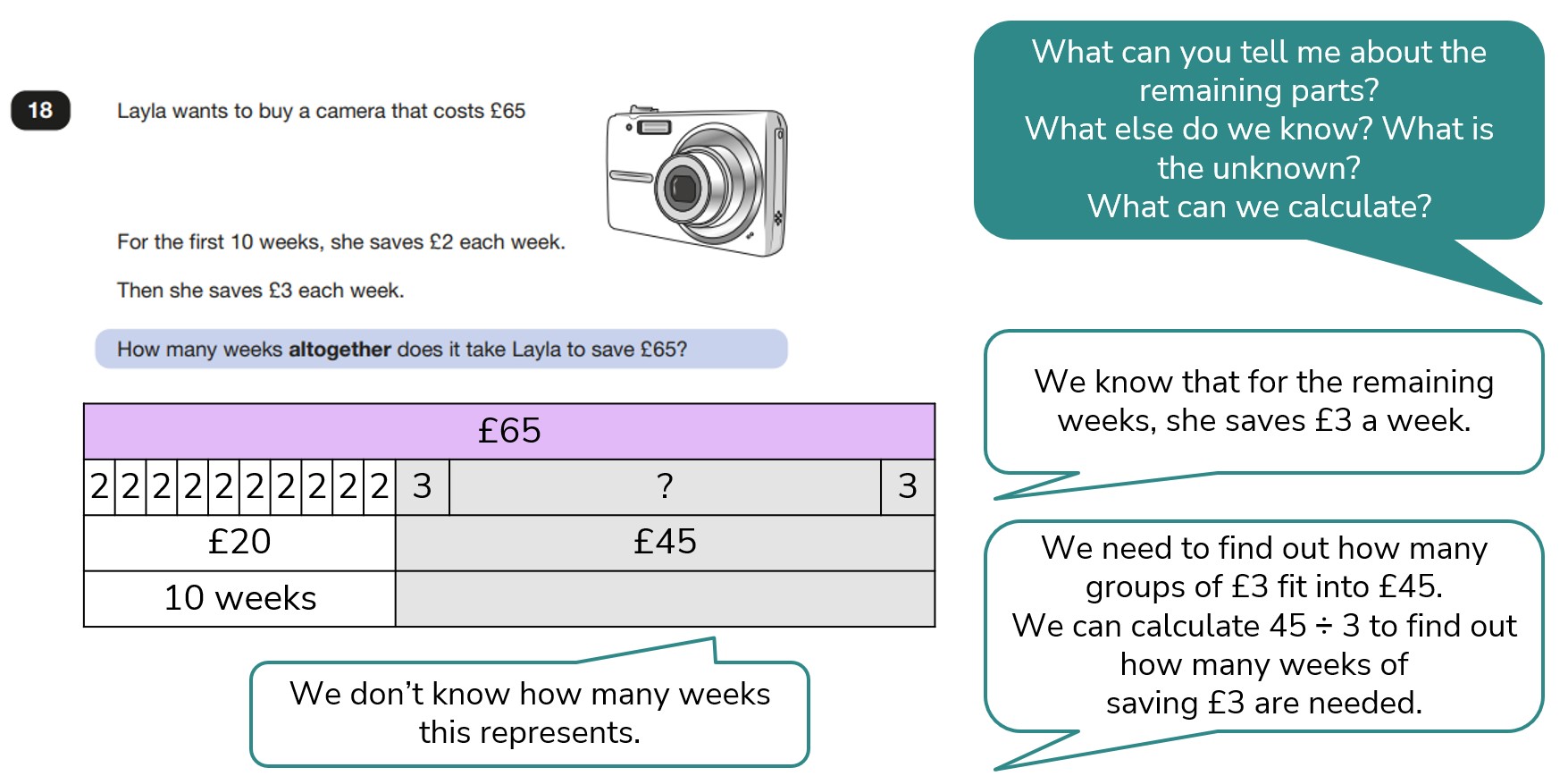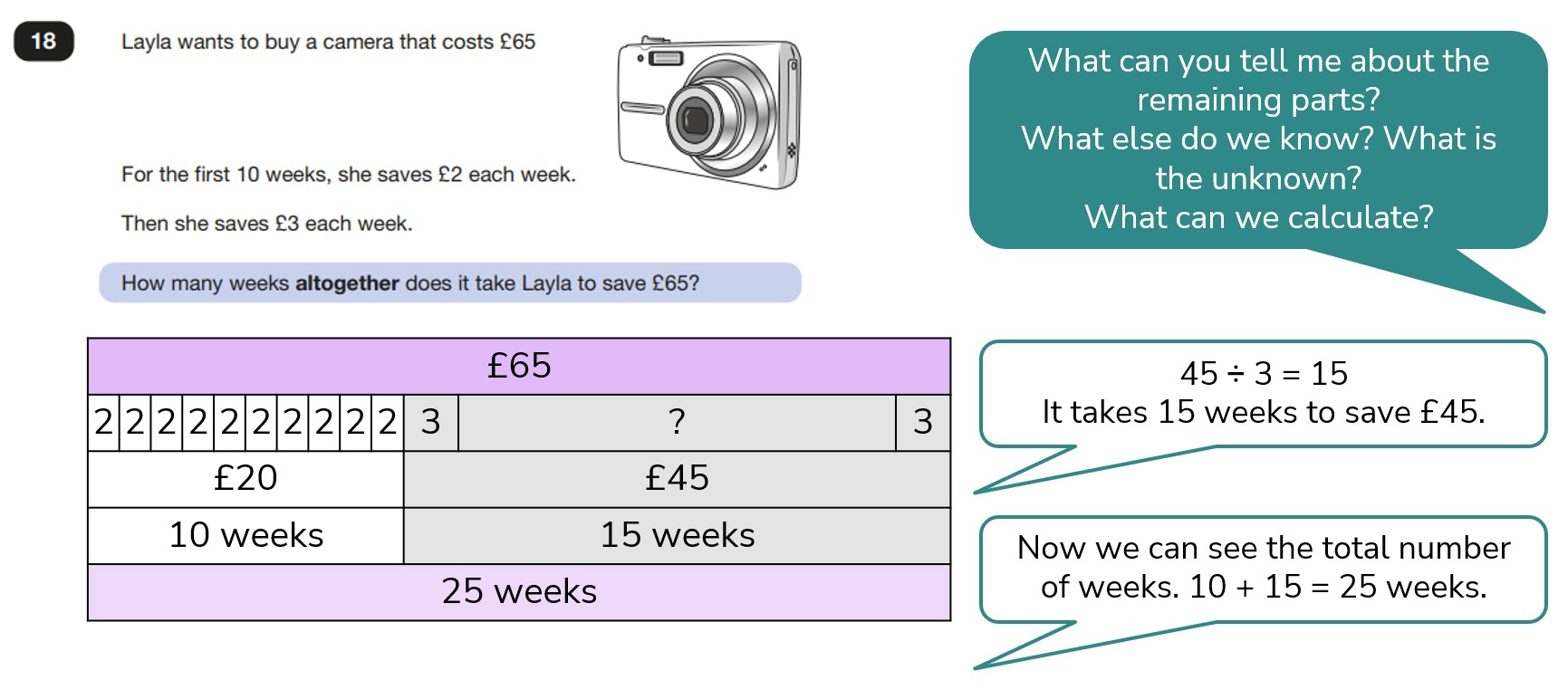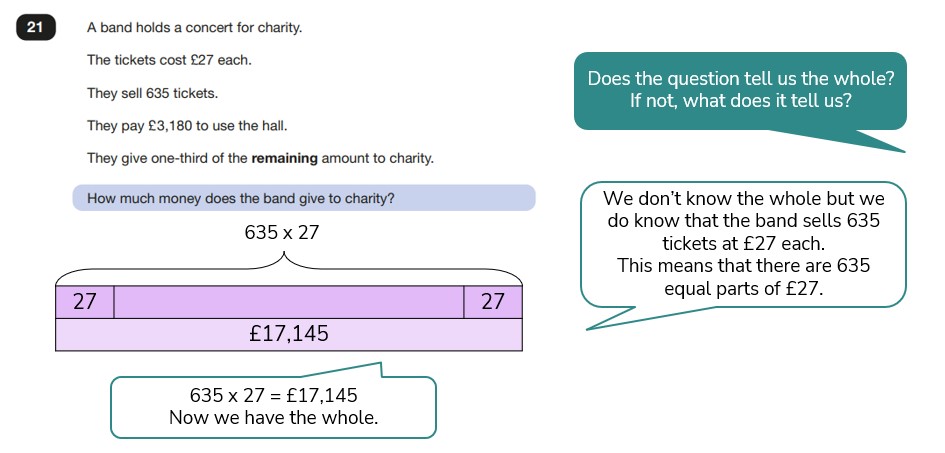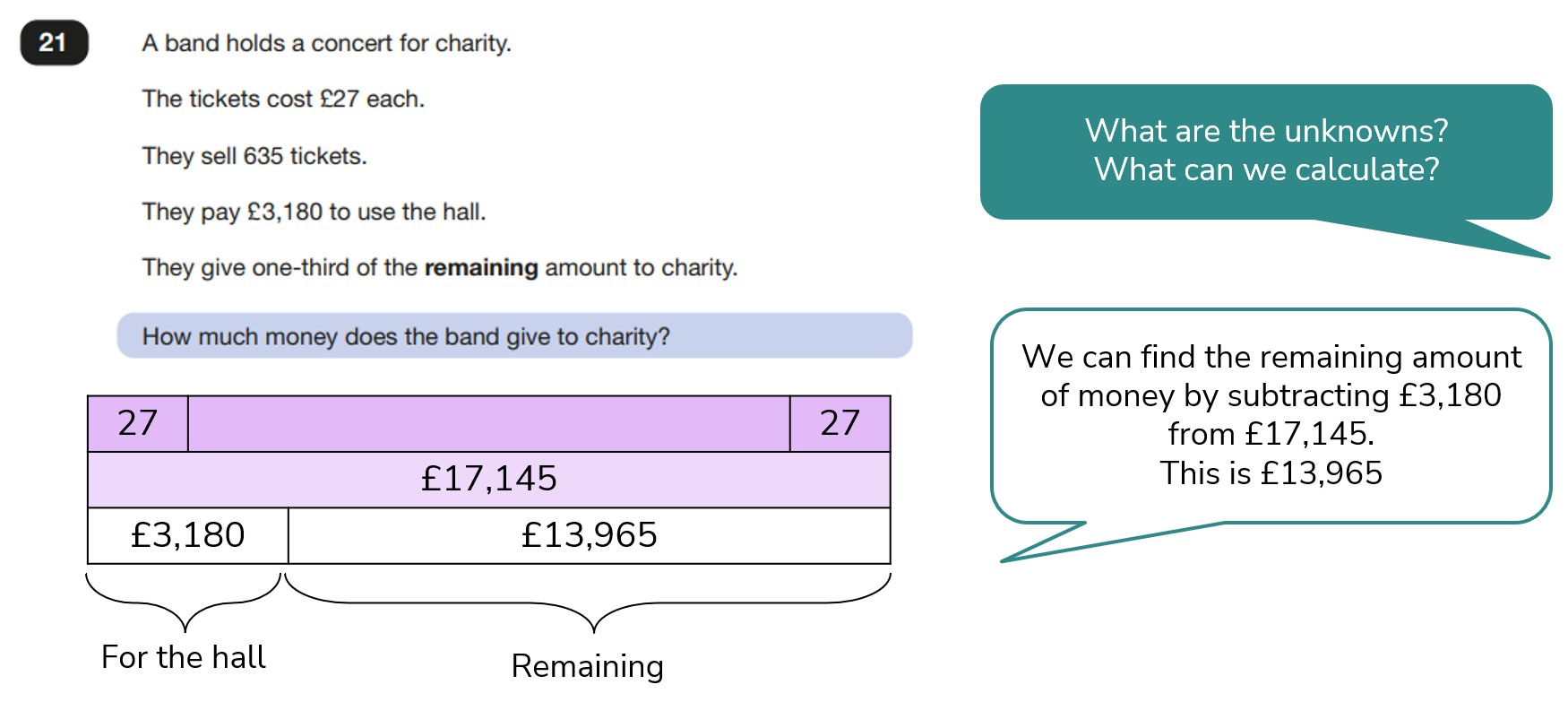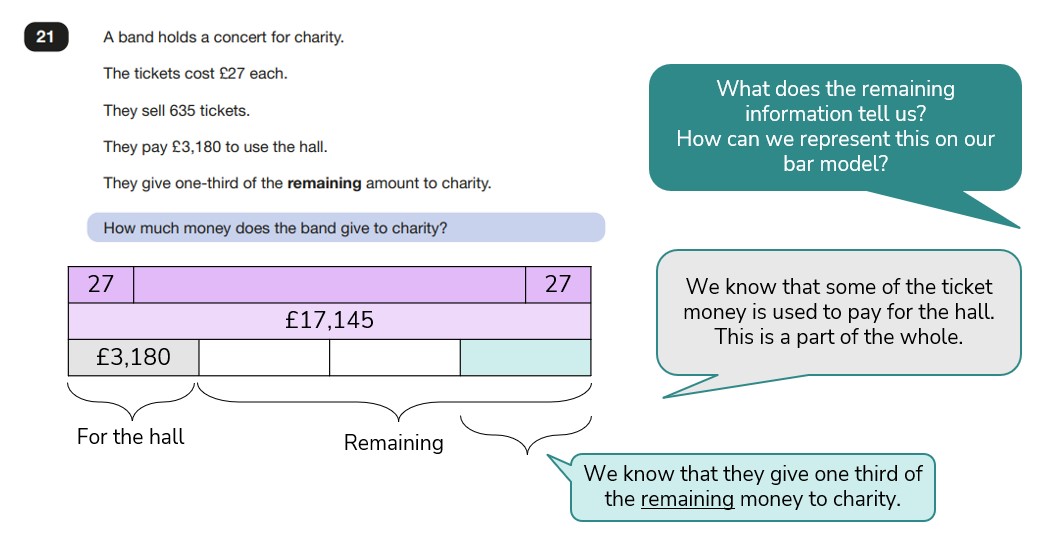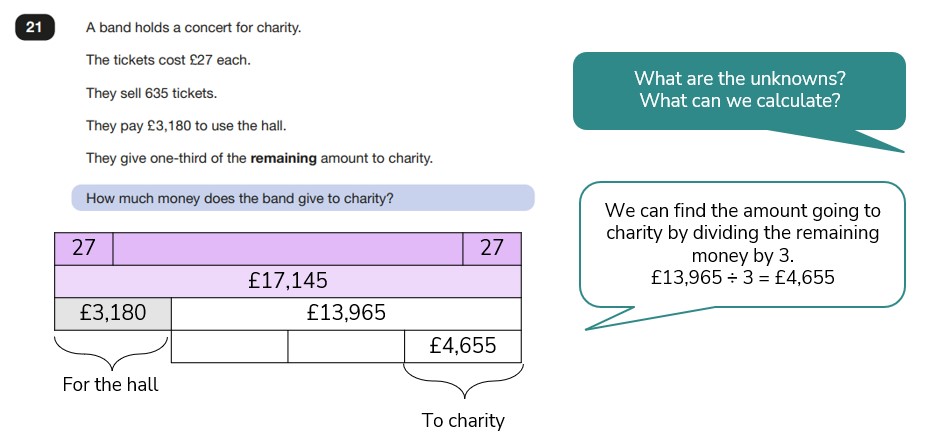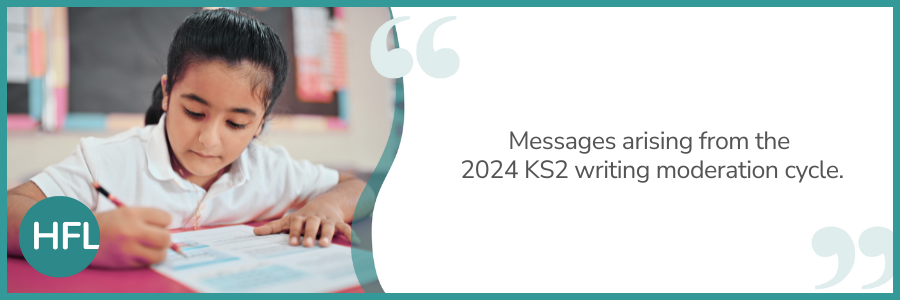June may feel like a distant memory as we find ourselves fully immersed in the new term, but it is always useful to look back at some of the themes, discussions and strengths from our external moderation visits so we can feed key messages into this year’s writing teaching. To forewarn, this is a longish read, so potentially one to split into a couple of sittings!
As always, it was an honour to be able to visit so many schools and see so much in the way of great writing borne of quality teaching. This year, we ended up conducting ninety-nine moderations across the county and feedback has been overwhelmingly positive from both schools and moderators. External moderation is such an important element of the statutory assessment system and a key method of ensuring accuracy, fairness and consistency in teacher assessment across the county, so it is marvellous that it is regarded as a supportive and constructive process by our schools.
Themes arising
Independence:
We’ve talked a lot about the issue of independence over the last few years. It is a persistent point that comes up in discussions during moderations or clusters so it could be worth giving it a little time here.
To be able to judge a pupil to be at a particular standard, we need to know that they are secure in the ‘pupil can’ statements for that standard in the Teacher Assessment Framework (TAF). Independence is not about getting pupils to do ‘cold tasks’ and stripping away teaching. Rather, it is about teachers being able to look at what a child has produced and ascertain what was done because they have secured that piece of learning, or what they have done only because of the support from scaffolds, word banks, feedback or the model. It is important to note that this does not mean that we can’t use success criteria or feedback. We must just ensure that these aren’t overly directive so that it is clear whether a pupil is secure enough to use or be accurate with the elements of the TAF independently and for the teacher to be confident that is the case. Please see the Standards and Testing Authority (STA) Key Stage 2 teacher assessment guidance 2024 section 6.2 for further detail. We do also have a relevant blog (admittedly from quite a number of years ago!) that discusses the process of stepping back to see what pupils can do independently.
At this point, it feels prudent to draw attention to the following excerpt from the above guidance document:
‘Schools that subscribe to writing schemes or frameworks should ensure that pupils are given enough opportunities to produce independent pieces of writing in line with the guidance’
There is a vast array of writing schemes available to schools, and they all differ slightly with how they suggest writing activities are structured and in the extent of scaffolding or modelling included. It is something that Year 6 teachers may want to be mindful of if they use schemes where the writing produced relies heavily on models or formulas for types of sentences to use and so on. The resulting writing can often be hard to assess as it is not always clear what exactly is from the pupil, or what they are using from the model or scaffolds. Often, the writing of one pupil is very similar to that of other pupils in the class. It is always worth bearing in mind these points from the STA guidance:
Writing is not independent if it has been: - modelled or heavily scaffolded - as part of external moderation, local authority moderators can discuss where they find modelled or scaffold writing, and they may ask for further examples of pupil work to support the standard and judgement
- copied or paraphrased, including producing work that demonstrates an over-reliance on a model text
- edited or re-written because of direct intervention by a teacher or other adult – for example, when the pupil has been directed to change specific words for greater impact, where incorrect or omitted punctuation has been indicated or when incorrectly spelt words have been identified by an adult for the pupil to correct
- produced with the support of electronic aids that automatically provide correct spellings, synonyms, punctuation or predictive text. If the electronic aid is turned off, for example spell check in a word programme, the would be considered independent
- supported by details success criteria that specifically direct pupils what to include, or where to include it, in their writing – such as directing them to include specific vocabulary, grammatical features or punctuation
|
Quantity and range of evidence:
There has never been a set requirement for a particular number of pieces of writing that pupils must have produced for making the teacher assessment judgement. We just have to see enough pieces over a range of text types to be able to say that a pupil has secured the skills and knowledge included in the TAF. Some text types may lean towards showcasing higher-level writing skills - passive voice, manipulation of verbs, careful selection of vocabulary and grammar for register and formality, punctuation used for effect, and so on – when the text type is really understood well, so building in a range that could include things like formal letters (complaint or persuasion), scientific explanations or reports, newspaper reports, to name just a few, could be helpful.
Pupils are likely to produce their best writing in the spring and summer terms. Therefore, year 6 teachers may want to look at the plan for the year to ensure that in that time, there will be a nice mix of text types and writing produced, including opportunities to integrate dialogue.
We would recommend not relying solely on one opportunity for integrating dialogue into narrative writing, as there is no guarantee that a pupil will be successful in that one piece or may even be absent for it. The aim is for dialogue that serves a purpose in terms of advancing the action or conveying character, meaning it is more than just ‘including speech’. The accuracy of the speech punctuation is assessed under the general punctuation statements rather than that being a factor in whether a pupil has secured the dialogue ‘pupil can’ statement.
Technical accuracy:
Security with punctuation, spelling and grammar expectations came up as a gap for a lot of pupils - not just in moderation visits, but also in discussions with teachers at our clusters. As mentioned earlier, this cohort was undeniably affected by the COVID years, and it felt like all teachers were going through the same issues of having to track back to fill gaps in understanding through classroom teaching or intervention work.
Given the conversations with teachers of Year 5 last year, it looks like some of these issues may well still be on the agenda for Year 6 teachers. There is no escaping that the expectations in the TAF are heavily technical. Pupils do need to have security with the ‘nuts and bolts’ of grammar, punctuation and spelling. There isn’t time to go into lots of detail here, but it was certainly the case that where schools have thorough feedback (both peer and teacher), editing and improvement systems, a lot of pupils were supported in developing their security.
There is still the provision of STA’s ‘particular weakness’, which a number of schools referred to for selected pupils in their cohort, but this is certainly not a ‘cure all’ or a return to a ‘best fit’ approach at all. It is always worth going back to how STA talks about this in section 6.1 of the guidance to hear it straight from the horse’s mouth (and who doesn’t listen to horses on issues of writing). Essentially, the gist is that applying the ‘secure fit’ model should not come at the cost of making an accurate assessment judgement. So, if a pupil struggles with a particular aspect of their writing (e.g. handwriting or spelling) they could still be awarded the standard that is most appropriate even if they don’t necessarily meet the ‘pupil can’ statement. This should always be on a case-by-case basis, but where it seems as though lots of pupils in a cohort demonstrate the same particular weakness, it may be that a wider conversation would be necessary.
Our English team offers some fantastic support for addressing issues with punctuation and spelling as well as other aspects of writing. Recently, I was lucky enough to hear Heather Ford speak about strategies for addressing spelling issues and left with lots of practical ideas - highly recommended if you get a chance!
Cohesion:
The next common theme in moderation discussions was ‘cohesion’. To meet the requirements of the expected standard, pupils should be going beyond just using isolated and quite basic text type ‘features’, words or phrases e.g. ‘on the one hand/on the other hand’ for balanced arguments. Those ‘basics’ are more in line with being able to ‘write for a range of purposes’ in the ‘Working Towards’ standard. For EXS, we would expect to see pupils using elements of cohesion throughout their writing so that it flows fluently and isn’t clunky or disjointed.
The TAF requires pupils to demonstrate security with using a ‘range of devices to build cohesion…within and across paragraphs’ at EXS. When we look in the exemplification and standardisation materials produced by the STA, we can clearly see how pupils should build ‘flow’ with their deployment of adverbs, adverbials, conjunctions (within sentences, but also at the beginning of sentences, not using ‘But’ and ‘And’ for trying to link sentences), determiners, deliberate repetition, phrases and themes to link clauses, sentences and paragraphs, and so on. The result is writing that the reader is drawn into and can follow with ease. Cohesion, done well of course, contributes to the first ‘pupil can’ statement about effectiveness as well as the specific statement. It is often at the root of where writing feels ‘clunky’ and disjointed, although there are other issues of ‘effectiveness’ that can also contribute to that.
Effectiveness:
To be awarded EXS, pupils must be able to ‘write effectively for a range of purposes and audiences, selecting language that shows good awareness of the reader’, with GDS requiring pupils to ‘write effectively for a range of purposes and audiences, selecting the appropriate form and drawing independently on what they have read as models for their own writing’. As we’ve seen above with cohesion, the ‘pupil can’ statements rarely exist in a vacuum. Therefore, the extent to which pupils have secured skills in using cohesion, punctuation, grammar, formality etc will inevitably contribute to the overall achievement of this statement as well as their own TAF ‘pupil can’ domain.
One of the key hallmarks of effective writing is ‘well-chosen language’. In many of the really effective examples of writing we saw during moderations, it was the case that less can sometimes be more where pupils had avoided overly flowery description or reaching for the thesaurus in a desire to ‘up-level’/find more advanced-sounding vocabulary. Pupils with a slightly tighter focus on what they wanted to convey to the audience, and on the context and intended purpose of the writing, were more likely to write effectively without over-complicating or losing meaning in an attempt to add more. I wonder if it would be beneficial to occasionally incorporate opportunities for pupils to focus on what might be removed from their writing rather than added to it.
Effectiveness can feel like a tricky beast, especially for pupils who aren’t keen readers. Teaching how to write effectively will involve lots of explicit focussing on purpose and audience, and analysing examples to really support how we can write in a way that is appropriate for the context and text type and that also draws in and interests the reader. For many years, we have been suggesting James Durran’s ‘box’ approach placing purpose and audience literally in the centre of plans for writing instead of more traditional success criteria (that can sometimes lead to pupils adopting a tick-list approach of including elements in writing). Our very own English Team’s new EssentialWriting package also puts developing the craft of being a writer, through understanding purpose and audience, at the heart of their writing plans.
Greater depth:
There is often a little friction around GDS, perhaps due to some of the almost ‘unnatural’ collections STA has produced in exemplification and standardisation materials, and perhaps also based on the feeling that it is a somewhat unnecessary standard for a pupil’s onward journey into KS3 and beyond. However, regardless of our feelings about this standard, it exists, and forms part of our outcomes dataset, so it is still worth us reflecting on some of the key observations of our moderator team.
It has long been the Assessment Team’s mission to try to pick apart the greater depth standard and rid it of its elusive, unobtainable reputation. Whenever we have conversations about GDS it is never long before there is a reference to ‘flair’ or some enigmatic ‘je ne sais quoi’ essence that sets some of our writers apart from the rest. Of course, when we do this, we imply that some of our pupils just naturally ‘have it’ and others don’t.
Rationally, we know this isn’t the case at all and are all ‘growth mindset’ enough to know that any skills demonstrated will be the result of learning from their reading, experiences of language and life both inside and outside of school, and, of course, the exceptional teaching they have received. Yet, as we are very aware, experiences outside of school will vary enormously and so for our pupils who have experienced socio-economic disadvantage, how those skills are developed is something we may want to explore further as part of our work to close the gap. Our outcomes dataset never gives us the answers, but it does give us the basis for asking questions about how our teaching and learning can support our vulnerable learners to achieve as highly as their peers, and how to break down the GDS requirements into teachable elements.
The answers to these questions are not likely to be simple and will vary from school to school, but hopefully these brief highlights from moderation observations feed into conversations about supporting pupils in achieving the GDS ‘pupil can’ statements.
It will not come as a surprise to anyone when I say that pupils achieving GDS were almost entirely very keen readers with a broad and varied diet of texts which then fed into their thorough understanding of purpose, audience and how to write very effectively to engage the reader within a range of contexts. A number of schools talked about the ways they try to encourage/guide pupils in their book choices. I also heard some really interesting ways that schools had thought about increasing exposure in class through extracts, highly pitched class reader texts and so on, with that desire to engineer opportunities for writers to encounter more, discuss the effect etc outside of models in writing lessons.
The TAF requires pupils to be ‘drawing independently on what they have read as models for their own writing’, and so in addition to supporting that drawing on independent reading, it is also worth thinking about the second part of that statement a little more. This really builds on the point earlier about heavily structured pieces of writing and independence. We do want to make sure that pupils have opportunities to step away from a class or scheme model and have the freedom to demonstrate their reading in how they craft their own writing.
Another key observation from GDS discussions was how well pupils choose their vocabulary for the piece they are writing, whether that is about historical or geographical context, or appropriate formality, or just succinct, effective description. This was mentioned earlier, but it is worth looking at the examples from STA and reflecting on how appropriate the language is, and how effective the choice to opt for more simplistic phrasing can be. For the reader it is unambiguous, clear and effortless to read. A number of teachers talked about the work they had done supporting pupils in stripping back description to make it more effective and engaging.
Precision in the language chosen by writers was, then, a common feature of GDS collections. One school shared how they had been using playscripts to support this – stage directions need to be very clear, succinct and precise to ensure the actors do exactly what the writer intends. Pupils ended up choosing verbs and description very carefully to make sure their actors moved, reacted, acted just as they wanted when their scripts were performed. This sort of approach could clearly benefit all our writers, not just those who may achieve GDS.
Something else that featured in a lot of the collections for GDS was the way the writer manipulates the reader and the reader’s experience even beyond the language chosen. We often found that GDS writing uses punctuation, sentence length, simplicity or complexity, and paragraphing to speed up reading, or slow it down. Sometimes this may move the reader through action or a more functional part of the text, and then, at other times, allow the reader to luxuriate in rich description and so on. This only really happens once pupils progress from using organisation structures, punctuation etc (because ‘that’s what we have to do’ or where it is ‘correct’), to understanding the purpose of those elements of writing and deploying them for effect and control. In those cases, we can clearly see a writer who has honed their craft very well indeed.
Sharing and discussing writing:
One thing that was common to the majority of successful moderations was the amount of moderation that teachers had engaged in over the year or in the lead up to June. In some cases, this was attending HFL clusters, but it could also be local school networks, academy trust events or similar. Schools often attended these in addition to carrying out rigorous internal moderation alongside the day-to-day informal sharing of pupil work. This clearly has an impact on how confident teachers are in their judgements and their experience of talking through the evidence in relation to the TAF. Building discussions around standards, gaps and next steps into each term can be incredibly useful to Year 6 teachers. A culture of welcoming professional challenge when it comes to which standards are demonstrated, seemed to be a winning formula in the schools where moderations went smoothly.
That probably makes it a good time to flag up our scheduled Year 6 clusters for this year where we would go into further detail about the key themes discussed here as well as supporting moderation discussions of pupil writing. You’ll see in that list of events that we have added in some extra ‘check-in’ opportunities for Year 6 teachers in the spring in response to requests from teachers. Of course, we will still offer our spring and early summer bespoke moderations, if teachers would prefer a more in-depth look at pupil writing.
For any further information about any of this, please don’t hesitate to be in touch – hfl.assessment@hfleducation.org
